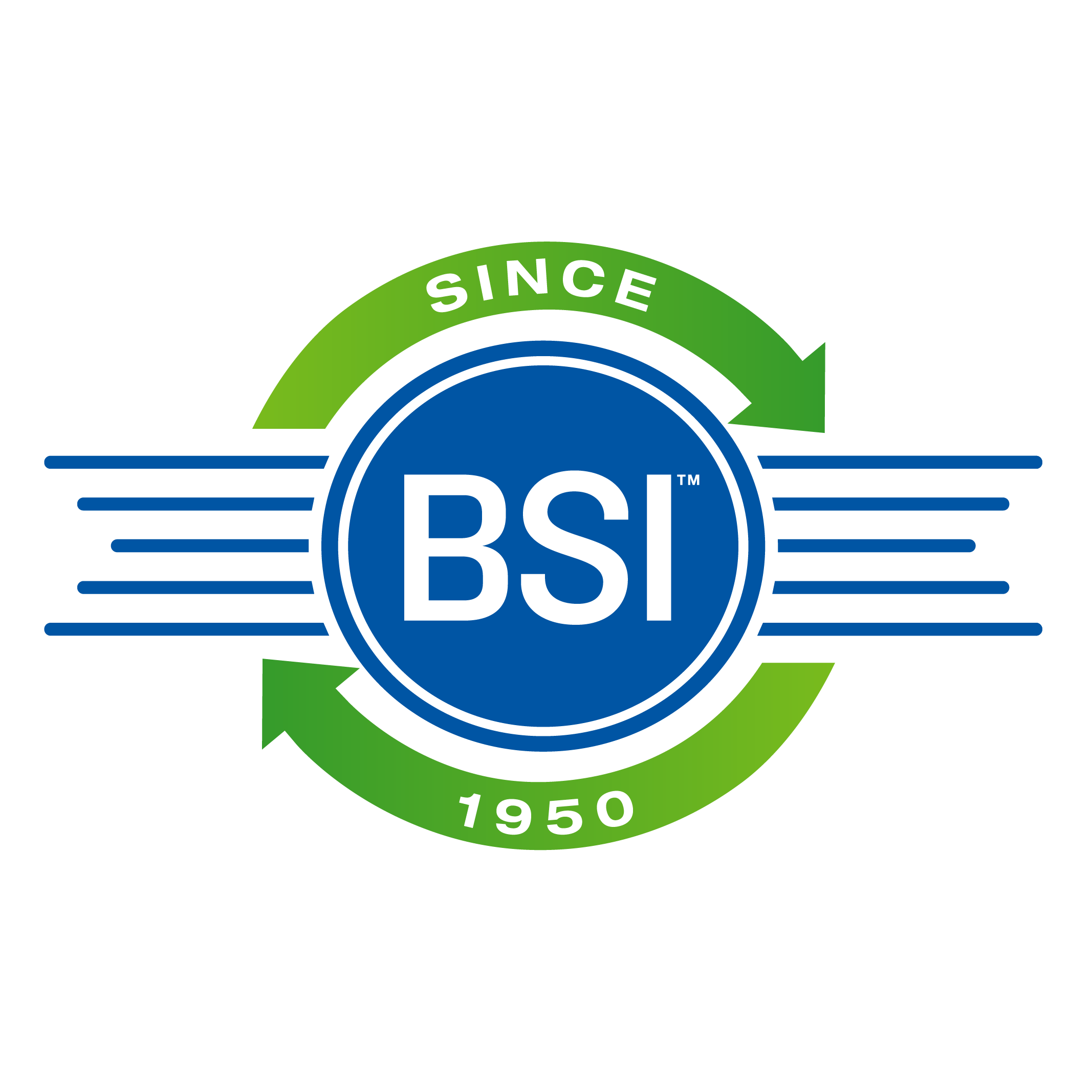What Is Grease Trap Cleaning?
- Larsen Stephens
- Mar 8
- 4 min read
Updated: Mar 20
Ever wondered what keeps your kitchen’s plumbing running smoothly despite all the cooking and cleaning? It’s the grease trap, a crucial component in all busy kitchens, that requires regular cleaning, it’s not a one-and-done deal. Regular maintenance, which can be handled by professionals, is essential to keep it functioning properly.
What Is A Grease Trap
A grease trap is a device that prevents fats, oils, and grease (also known as FOG) from entering the sewer system. This can happen if a grease trap becomes too full, causing water to back up into sinks, which leads to plumbing overflows and potential water contamination. Grease traps work like a large container where wastewater flows in, FOG floats to the top, and clean water exits near the bottom into the sewer system.

Importance of Grease Trap Cleaning
Allowing the grease trap to become too full can be alarming. Because, it can cause backups not only in your establishment but also for others using the same sewer system. For restaurants, there are strict laws and regulations that require regular cleaning of grease traps, and non-compliance can result in penalties such as fines. Apart from the potential water contamination and the substantial effort required for cleanup, neglecting your grease trap can disrupt business operations and collect significant costs. Furthermore, a full grease trap can produce unpleasant odors. This may deter both customers and employees. To maintain health standards and protect the environment, it is important to keep your grease trap clean and well-maintained. Explore Beck’s Sanitation grease trap maintenance services for expert assistance.
How To Clean A Grease Trap
Locate the Grease Trap: Determine if the grease trap is indoors or outdoors and assess its size. The presence of a grease trap outside is usually indicated by a manhole cover. If the grease trap is large, professional help may be needed.
Dress for the Job: Wear protective clothing, including coveralls, gloves, and a mask, to avoid contact with FOG. You don’t want to wear it and you definitely don’t want to breathe it.
Cool the Water: If necessary, pour cold water into the grease trap to solidify the FOG and raise it to the top, making it easier to remove.
Remove FOG: Scoop out the floating FOG layer and use a shop vacuum to remove any leftover solids and water.
Scrub and Rinse: Clean the trap’s baffles (walls inside the trap that help separate grease from water), sides, and lid with a steel scrubber, dish soap, and lukewarm water.
Dispose of Waste Properly: Dispose of FOG by mixing it with absorbent materials like sawdust and then throwing it away. If there is a considerable amount of FOG, it’s probably best to contact professional services to handle the disposal.

Frequency of Cleaning
In Salt Lake City, restaurants are required to clean their grease traps at least once every 30 days. In St. George, they expect weekly maintenance and monthly inspections. The required frequency may vary by state or city, but a good rule of thumb is to clean the grease trap when it reaches 25% capacity with FOG. When this occurs is greatly due to the size and level of usage. It could be every week or in 3 months, but make sure you are fitting in with your city’s required cleaning schedule.
Grease Trap Maintenance
To increase the time between cleanings, scrape your food into the garbage instead of using the disposal. In restaurants, food, and oil go hand in hand. So, if you put food down the drain, oil is likely to follow, causing blockages. Installing sink screens can help catch food debris, even though they won’t stop the oil. It’s better than nothing. If you need to pour out hot water, avoid the sink because the water is probably filled with grease, especially in a restaurant. You can dump the hot water outside in the dirt but sometimes there’s no other place to pour your oily water than the sink, and that’s okay because a drainage system and a grease trap are meant to catch the oil you’re pouring down the drain.

Why Hire Professionals?
When your grease trap is over 500 gallons or just too gross to handle, it’s best to call in the pros. They’ll get it spotless and up to code, so you don’t have to deal with the mess. Professionals have the expertise and equipment to thoroughly clean and maintain your grease trap. They know how to dispose of FOG properly, following strict environmental guidelines to prevent contamination of water sources. Regular professional maintenance can also extend the lifespan of your grease trap, saving you from potential fines and plumbing issues down the line. Anyway, It’s seriously disgusting, wouldn’t you rather let someone else handle it?
Grease Trap Cleaning Cost
The cost of grease trap cleaning can vary depending on the size of the trap and the level of buildup. For smaller indoor grease traps, the cost of routine cleaning will likely land between $100 and $200, but as the size and complexity increase, so does the cost. For outdoor traps larger than 500 gallons or so, the cost can range from $200 to $300. For outdoor jobs, it’s best to call in some professional help. The convenience and peace of mind of knowing the job is handled right often make the extra cost worth it.
Conclusion
As you can see, cleaning out a grease trap takes a lot of work and supplies, and you’ll have to clean your shop vac and tools afterward. Plus, you’ll probably get pretty dirty in the process. Why not save yourself the hassle and hire it out? Here at Beck’s Sanitation, we offer top-notch grease trap cleaning services that save you time, effort, and money. Call us today at 801-521-7867 for a quote.




Comments